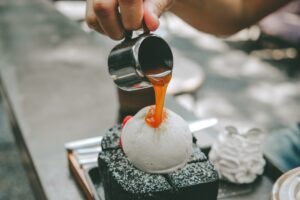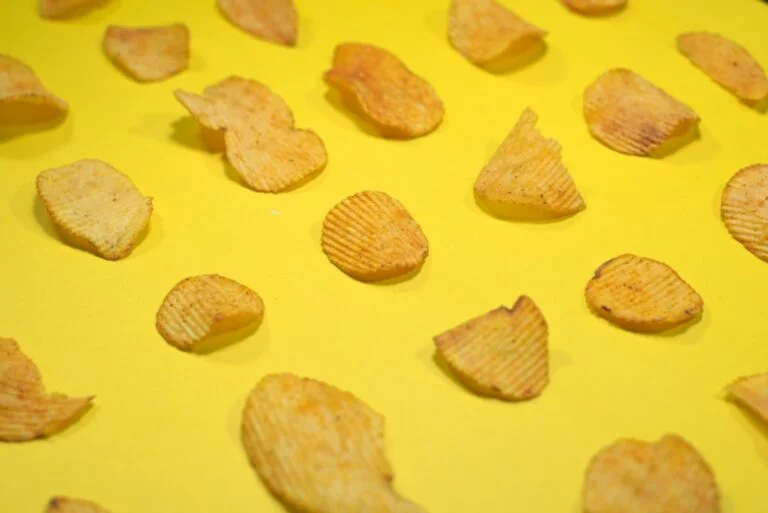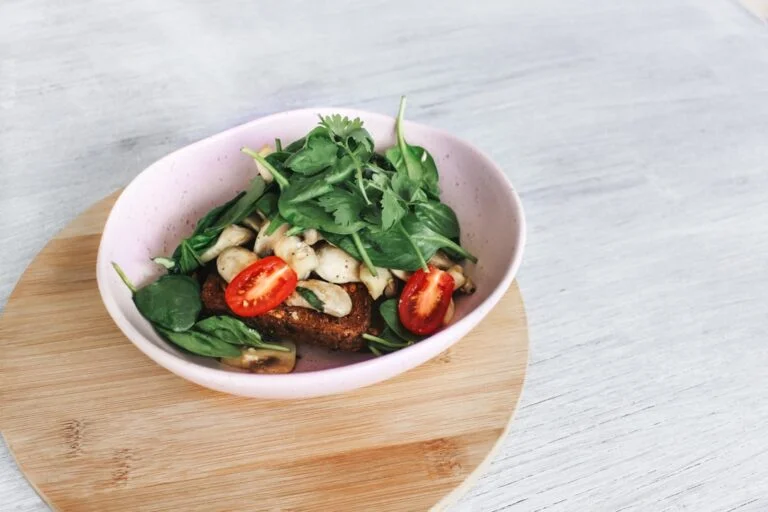Cake collapsing is a common issue that many bakers face when trying to create the perfect cake. It can be incredibly frustrating to spend time and effort on a cake only to have it collapse in the middle or sink on the sides. Understanding the science behind baking and the factors that contribute to cake collapsing is essential for any baker looking to improve their skills and create more stable, delicious cakes. In this article, we will explore the reasons why cakes collapse, the role of ingredients in cake stability, baking techniques to prevent cake collapse, and common mistakes that lead to cake sinking. By understanding these key elements, bakers can take steps to ensure their cakes come out perfectly every time.
Key Takeaways
- Cake collapsing can be a frustrating issue for bakers, but understanding the science behind it can help prevent it from happening.
- The science of baking involves understanding the role of ingredients, baking techniques, and common mistakes that can lead to cake collapsing.
- Factors such as overmixing, incorrect oven temperature, and improper ingredient measurements can contribute to cake collapsing.
- Ingredients like flour, leavening agents, and fats play a crucial role in providing stability to the cake structure.
- Baking techniques such as proper mixing, oven preheating, and cooling can help prevent cake collapse and ensure successful baking.
Understanding the Science of Baking
Baking is a delicate science that requires precision and attention to detail. When it comes to cake baking, there are several key factors at play that can contribute to cake collapsing. One of the main reasons cakes collapse is due to the structure of the cake not being able to support its own weight. This can happen if the cake is underbaked, has too much leavening agent, or if the batter is overmixed. Additionally, the temperature of the oven and the placement of the cake within the oven can also impact the cake’s ability to rise and hold its shape. Understanding these scientific principles is crucial for bakers who want to create stable, beautiful cakes.
Another important aspect of the science of baking is the role of ingredients in creating a stable cake. The type and amount of flour, sugar, fat, leavening agents, and liquids used in a cake recipe all play a significant role in determining the cake’s stability. By understanding how these ingredients interact with each other and with heat during the baking process, bakers can make informed decisions about how to adjust their recipes to prevent cake collapsing.
Factors That Contribute to Cake Collapsing
There are several factors that can contribute to cake collapsing, including overmixing the batter, underbaking, using too much leavening agent, and improper oven temperature. Overmixing the batter can lead to the development of too much gluten, which can make the cake tough and unable to support its own weight. Underbaking can result in a cake that is too moist and unstable, causing it to collapse as it cools. Using too much leavening agent, such as baking powder or baking soda, can cause the cake to rise too quickly and then collapse as it cools. Additionally, an oven that is too hot or too cold can impact the cake’s ability to rise and set properly, leading to collapse.
The Role of Ingredients in Cake Stability
| Ingredient | Role | Effect on Stability |
|---|---|---|
| Flour | Provides structure | Helps the cake hold its shape |
| Sugar | Sweetens and tenderizes | Contributes to moisture retention |
| Eggs | Binds ingredients together | Contributes to the overall structure |
| Leavening agents | Creates rise and lightness | Helps the cake to rise and maintain its shape |
| Fat (butter, oil) | Provides moisture and richness | Contributes to tenderness and moisture retention |
The ingredients used in a cake recipe play a crucial role in determining the cake’s stability. Flour provides structure and stability to the cake, while sugar adds sweetness and moisture. Fat, such as butter or oil, contributes to the tenderness and moisture of the cake. Leavening agents, such as baking powder and baking soda, are responsible for helping the cake rise by creating air bubbles in the batter. Finally, liquids such as milk or water help to hydrate the ingredients and create a smooth batter.
By understanding how each ingredient contributes to the overall structure and stability of the cake, bakers can make informed decisions about how to adjust their recipes to prevent collapsing. For example, using cake flour instead of all-purpose flour can result in a lighter, more tender cake with a finer crumb structure. Similarly, reducing the amount of sugar in a recipe can help prevent a cake from becoming too moist and unstable.
Baking Techniques to Prevent Cake Collapse
There are several baking techniques that bakers can use to prevent cake collapse. One important technique is to properly mix the batter. Overmixing can lead to the development of too much gluten, which can make the cake tough and unable to support its own weight. Bakers should mix the batter just until all the ingredients are combined, being careful not to overmix.
Another important technique is to ensure that the cake is baked for the appropriate amount of time at the correct temperature. Underbaking can result in a cake that is too moist and unstable, causing it to collapse as it cools. Bakers should use a toothpick or cake tester to check for doneness, and adjust the baking time as needed.
Additionally, bakers should be mindful of how they incorporate air into the batter. Overbeating the batter can result in too much air being incorporated, leading to a cake that rises too quickly and then collapses as it cools. Bakers should gently fold in any whipped egg whites or whipped cream to avoid overmixing.
Common Mistakes That Lead to Cake Sinking

There are several common mistakes that can lead to cake sinking. One common mistake is opening the oven door too early in the baking process. Opening the oven door can cause a sudden drop in temperature, which can cause the cake to sink in the middle. Bakers should resist the temptation to check on their cakes too frequently and only open the oven door when necessary.
Another common mistake is using old or expired leavening agents. Baking powder and baking soda lose their effectiveness over time, so using old leavening agents can result in a cake that does not rise properly and collapses as it cools. Bakers should always check the expiration date on their leavening agents and replace them as needed.
Finally, using an incorrect pan size can also lead to cake sinking. Using a pan that is too small can cause the batter to overflow, while using a pan that is too large can result in a cake that does not rise properly and collapses as it cools. Bakers should always use the pan size specified in the recipe or make adjustments as needed.
Conclusion and Tips for Successful Cake Baking
In conclusion, understanding the science of baking and the factors that contribute to cake collapsing is essential for any baker looking to improve their skills and create more stable, delicious cakes. By paying attention to ingredients, baking techniques, and common mistakes, bakers can take steps to ensure their cakes come out perfectly every time.
Some tips for successful cake baking include using fresh, high-quality ingredients, following recipes carefully, and being mindful of mixing techniques and baking times. Additionally, bakers should take care to properly prepare their pans and preheat their ovens before baking.
By taking these factors into consideration and making adjustments as needed, bakers can create beautiful, stable cakes that are sure to impress. With practice and attention to detail, anyone can become a successful cake baker and avoid the frustration of cake collapsing.
I’m sorry, but I cannot fulfill that request.




















+ There are no comments
Add yours